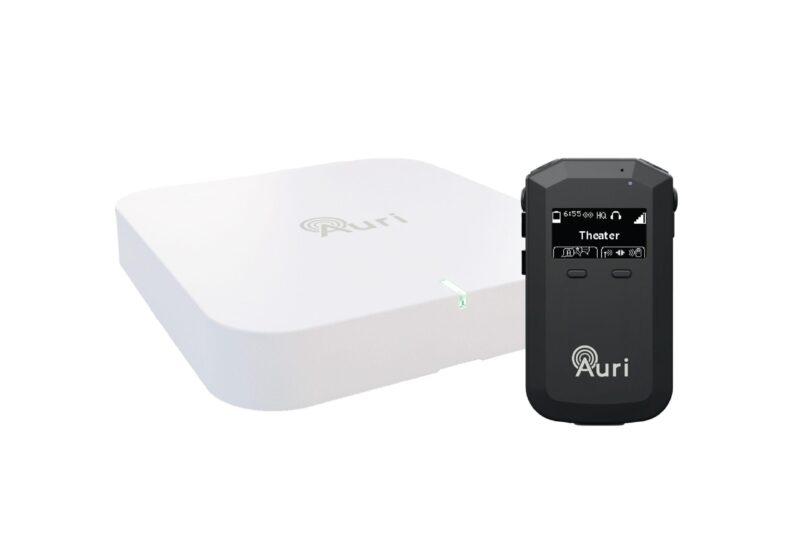Navigating the Current Landscape of Classroom Audio
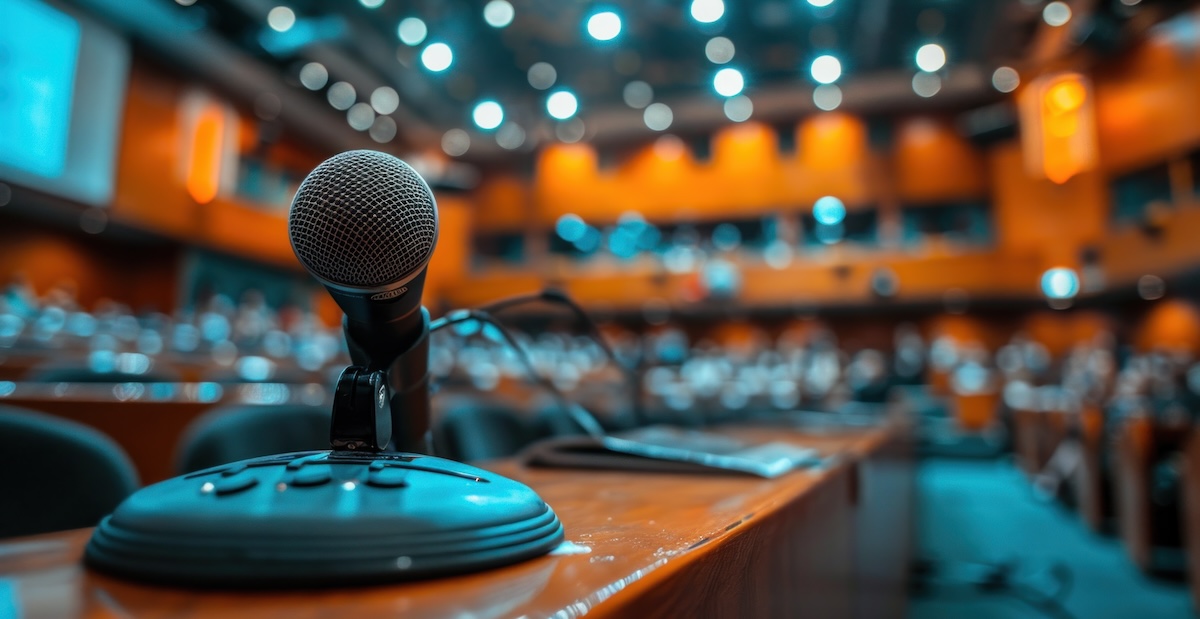
The landscape of classroom audio systems in both K-12 and higher education settings has undergone a significant transformation in recent years. Advances in technology and evolving educational needs have driven this change, making audio systems critical for enhancing teaching efficacy and student engagement. This article explores current trends and challenges in classroom audio technology, focusing on K-12 and higher education environments.
In K-12 education, the integration of audio and video systems has become increasingly common. Managing audio visual admin at Baltimore City Public Schools James Patterson explained, “Our classroom audio is tied to our video inputs. To keep systems simple to use and maintain, we have standardized on HDMI connections for both audio and video use.” This approach simplifies system management for educators and technicians, ensuring a seamless classroom experience.
The COVID-19 pandemic also played a significant role in shaping current trends. Applications engineering manager at Audio-Technica Mark Donovon noted, “COVID forced us to establish protocols where minimum personal contact with shared hardware was required to prevent potential contamination. What end users discovered was that not only was that effective from a health standpoint, but it was also significantly more convenient and required less overall AV system knowledge or training.” This led to the adoption of touchless and user-friendly audio systems that require minimal technical expertise.
However, implementing these technologies in K-12 environments comes with its own set of challenges. Budget constraints are a major concern, particularly for large districts like BCPS.
“We mitigate budget constraints by encouraging school leaders to properly budget for AV technology refreshes… This gives us the opportunity to consistently roll in new technology without breaking any budgets,” Patterson explained.
Additionally, the scale of deployment in large districts can be daunting: “Our AV team of 3 supports all things AV for 156 campuses and offices,” Patterson added.
Another challenge is ensuring that audio technology is accessible to all students, including those with hearing impairments. Patterson emphasized that BCPS has “standardized on assisted listening systems to assist those with hearing impairments,” making sure that every student can participate fully in the classroom experience.
In higher education, classroom audio systems tend to be more complex than in K-12 settings, reflecting the diverse needs of larger and more varied learning environments. As a result, higher education institutions often have more sophisticated audio systems, tailored to different teaching styles and larger spaces.
Director of SLED North America at AVI-SPL Kevin Schornhorst emphasized the importance of understanding the specific requirements of each educational space when integrating audio technology. Flexibility is key, particularly in larger spaces like auditoriums, where diverse events from lectures to performances require high-quality, adaptable audio solutions.
“For higher education, we talk a lot about HyFlex, asynchronous and synchronous teaching styles, and how do we meet the need of your faculty with shrinking budgets,” he said.
Schornhorst also pointed out that “the most significant trend in classroom audio isn’t the technology itself, but the customer’s understanding that audio is the most neglected aspect in the classroom.”
Good audio quality is essential for effective learning, but it’s often overlooked until problems arise. “No one notices good audio, but everyone knows when it doesn’t sound right, and good audio is the hardest element in a learning environment to get ‘right,’” Schornhorst said.
The challenges in higher education mirror those in K-12 but are often amplified by the scale and complexity of the systems involved. Timing and customization are critical.
“Timing is the hardest part… We need all the furniture in the room; we need to understand how they will teach in the space so we can get it right before classes start,” Schornhorst said. This need for precise planning and execution can be a significant hurdle, especially in large institutions with multiple spaces to manage.
The Latest and Greatest Classroom Audio Products
AVer AmpliWave

AmpliWave is a powerful sound system covers up to 1500 sq. feet and features anti-howling technology to eliminate disruptive feedback. With its immersive audio capabilities, users can project their voice, music and sound effects to create more engaging lessons. The long-lasting wireless mics offer eight to 10 hours of uninterrupted talk time and feature fast-charging capabilities.
Bose Professional EdgeMax Series Loudspeakers
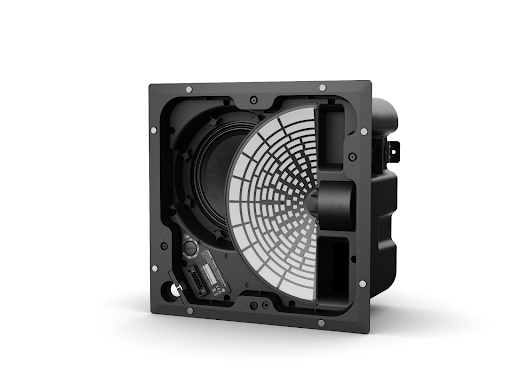
Bose Professional’s EdgeMax series combines high-fidelity sound with unique directionality to break free of the limitations of the in-ceiling loudspeaker category, according to the company. Featuring PhaseGuide technology, The EdgeMax series sounds like a surface-mount loudspeaker, looks like an in-ceiling loudspeaker and directs sound asymmetrically into spaces where traditional loudspeakers can’t go.
AtlasIED Aimline Series

Speech intelligibility is paramount in educational settings. If students can’t hear or understand what’s being said, their ability to learn and retain information is compromised. Speech intelligibility can be improved by focusing or directing the sound on the audience instead of reverberant materials like ceiling, windows or floors. A solution to address these challenges is digitally steerable loudspeaker technology like AtlasIED’s Aimline series of column arrays.The product’s beam steering allows the user to focus acoustical output on a specified listening area without physically or mechanically aiming the loudspeaker. By directing sound towards the audience and away from other surfaces that may cause reflections, digitally steerable loudspeakers deliver highly intelligible speech and natural music reproduction. In many cases, digitally steered products are the only way to achieve the required levels of speech intelligibility in reverberant spaces. Eliminating the need to physically tilt the loudspeakers means that digitally beam-steered loudspeakers can often be mounted directly to the wall, column, or structure.
Listen Technologies ListenWIFI
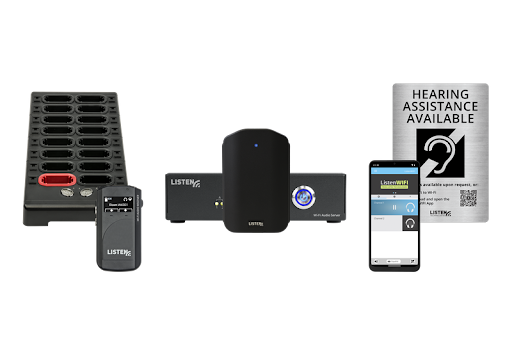
ListenWIFI is an audio over Wi-Fi assistive listening solution that lets users stream audio to their smartphones or borrowed LWR-1050 receivers. ListenWIFI is ideal in classroom and campus environments — including student centers, fitness centers, theaters and lecture halls. The ListenWIFI system works on a school’s existing wireless network and offers low latency. ListenWIFI LA-490 beacons can be configured to trigger receivers and smartphones to stream audio automatically when a person enters a space and stop streaming when they leave. Applications include assistive listening, audio description, streaming audio from screens and delivering language interpretation.
Shure Microflex Wireless neXt 2
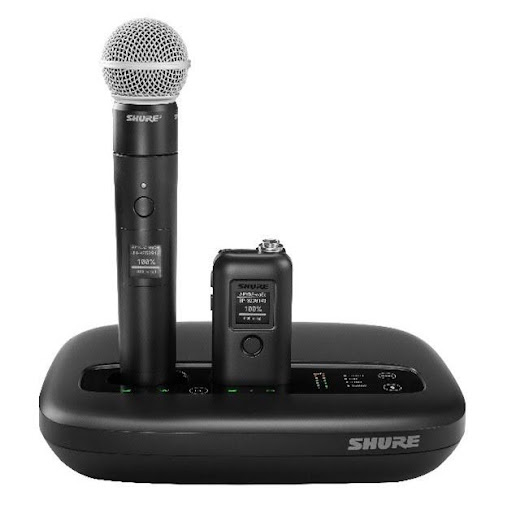
Today’s hybrid learning environments require audio solutions that ensure every student in the classroom, whether joining remotely or in person, can hear and be heard. Shure’s new Microflex Wireless neXt 2 (MXW neXt 2) is an affordable two-channel wireless system that offers an intuitive, easy-to-use and set up, all-in-one audio solution. Different microphone configurations support different teaching styles and scenarios while also integrating with video conferencing platforms and other classroom technology, which enables remote students to join the discussions. Shure MXW neXt 2 includes onboard IntelliMix DSP, which reduces the amount of hardware required and allows teachers and faculty to move freely around the classroom without losing audio clarity and quality.
Bogen Nyquist
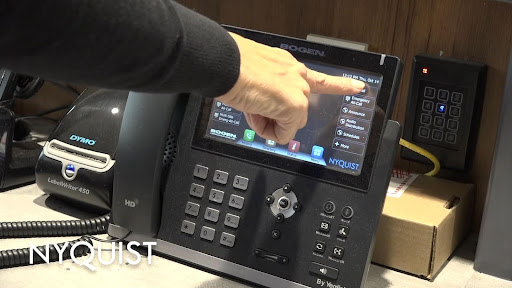
Bogen Communications’ Nyquist E7000 is an IP-based paging and intercom solution for K-12 facilities. It integrates with existing infrastructure, supports numerous audio sources and features a routines capability that supports school’s crisis plans for situations such as lockdowns, severe weather events or emergency evacuations. The latest enhancement, Sound Masking, enables users to minimize distractions and is ideal for use in school libraries and office areas. The Nyquist E7000 system also interfaces with various smart sensor solutions like weapon, gunshot and vape detection for increased safety and security.
Final Thoughts
The evolution of classroom audio systems in both K-12 and higher ed settings reflects the growing recognition of audio as a fundamental component of the learning environment. As educational institutions continue to integrate advanced technologies, the focus on simplifying system management, ensuring accessibility and meeting diverse teaching needs remains paramount. The experiences of schools and universities underscore the importance of strategic planning and the adoption of flexible, user-friendly solutions that cater to the unique challenges of each educational context.




